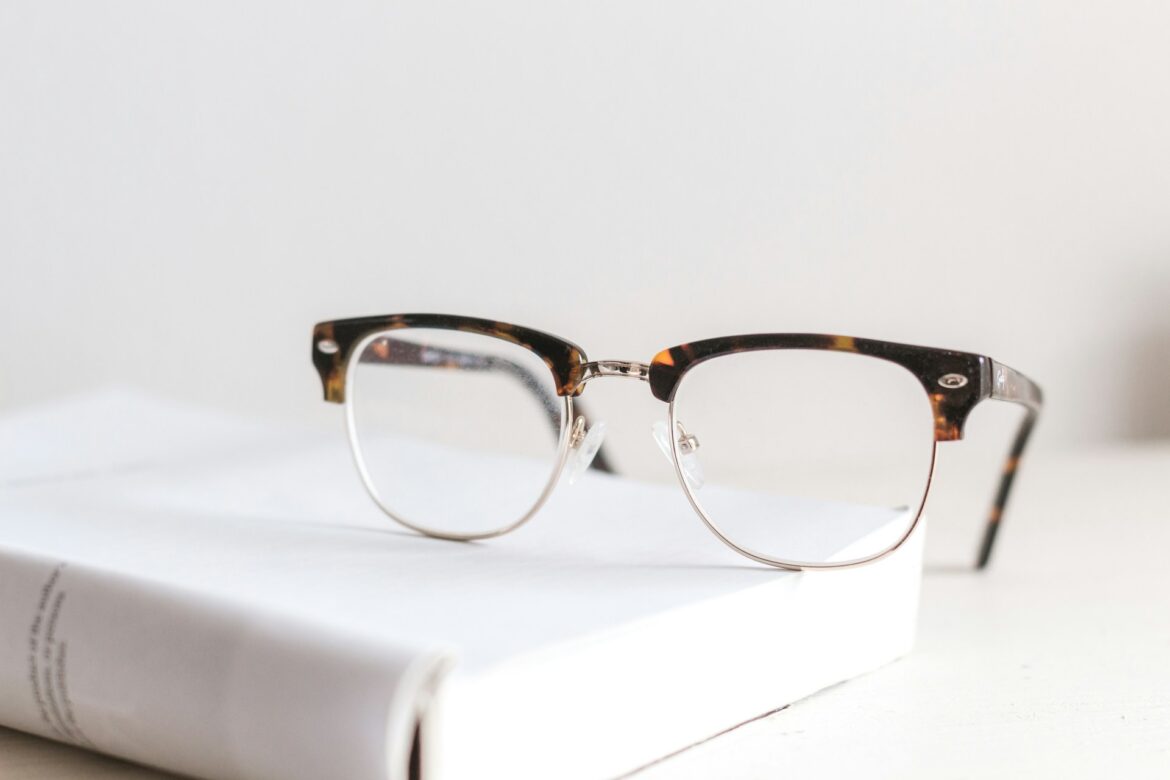Rimless Glasses for Every Face Shape: A Style Guide
Some glasses make a statement. Rimless ones don’t have to. That’s their charm. They’re subtle, lightweight, and effortlessly polished. However, despite their minimalist look, choosing the right pair still takes a bit of thought. The key? Matching the style to your face shape.
The right fit can bring balance to your features, while the wrong one might feel off without you even knowing why. So let’s get practical and go through how to find rimless glasses that actually suit you, not just the shelf.
What Makes Rimless Glasses So Popular?
First, it’s worth understanding why so many people are drawn to rimless styles in the first place. It’s not just about aesthetics. These frames are lighter on the nose, less visually dominant, and have a way of blending in with your face without disappearing entirely.
You can wear them with just about anything, and they rarely feel too formal or too casual. There’s a balance that works quietly in the background. Unlike thicker, bolder frames, rimless glasses don’t draw sharp lines around your eyes; they soften the whole look, which can be surprisingly flattering.
But, that same minimalism means the wrong lens shape or bridge style becomes more noticeable. That’s why face shape matters here.
Work Out Your Face Shape First
Before choosing any glasses, rimless or not, get a rough idea of your face shape. It doesn’t need to be exact, but understanding the general structure of your face will guide your choice.
If your face is about as wide as it is long with full cheeks and curved edges, it’s probably round. A slightly longer face with balanced features and a gentle curve at the chin tends to be oval.
Square faces usually have a strong jaw and straight sides. Heart-shaped faces are wider at the forehead and narrower at the chin. A diamond face is widest at the cheekbones, with both the forehead and jaw being narrower. And finally, a long or rectangular face is taller than it is wide, often with a high forehead and a longer chin.
Knowing this gives you something to work with. You’re not guessing when you start trying on styles.
Rimless Styles That Work for Each Face Shape
Here’s where we match it all up. Different face shapes suit different lens shapes and structural details. Rimless glasses have fewer components, but even the small details can make a big difference.
Round faces usually benefit from angles. Think lenses that are more rectangular or square. These give the face a bit more definition and structure. A rounded lens on a round face tends to exaggerate the shape, which can feel unbalanced. A higher bridge placement also helps, adding length through the centre of the face and creating the illusion of more height.
Oval faces are often the easiest to match. Most rimless styles will suit you well, but don’t go overboard with oversized or unusually narrow lenses. A soft rectangle or a rounded square keeps the proportions in check. Try to keep the width of the frame roughly aligned with the broadest part of your face for the most balanced effect.
Square faces tend to have stronger, angular features. That’s where rimless glasses can do their best work: softening the sharp lines. Round or oval lenses are ideal here. You’ll want something with a curved bridge and a bit of delicacy in the design. Hard edges on both the glasses and the face can be too much, so keep the lines gentle.
Heart-shaped faces need a bit of balancing. With a wider forehead and a narrower jawline, the goal is to add visual weight to the lower half of the face. A rounded lens works well, especially when paired with a lower bridge that pulls attention downward. Avoid frames that are wider at the top than the bottom, as they can make the forehead appear even broader.
Diamond-shaped faces benefit from styles that widen the appearance of both the forehead and jawline. Because cheekbones tend to be prominent, you don’t want glasses that sit too narrowly in the middle of the face. A slightly wider lens or a soft cat-eye shape (nothing dramatic) can help even out the proportions. Round lenses are also a solid choice for this shape.
Long faces need glasses that bring some width. The goal is to break up the vertical space a bit. Wider rectangular lenses can help do just that, especially if the frame extends past the cheekbones. Avoid very narrow lenses that exaggerate length. Positioning also matters here; glasses that sit too high on the nose can elongate the face further, which is rarely the goal.
Proportion Is Just as Important as Shape
Face shape matters, yes, but it’s only part of the picture. How the glasses actually sit on your face plays a big role too. A frame might suit your shape on paper, but if it’s too big or small, or positioned awkwardly, it still won’t look right.
Your eyes should sit roughly in the centre of each lens. The top of the frame should follow the line of your eyebrows or fall just below it. If it’s too high or low, it can make your face look off-balance. And the width of the glasses should match or slightly exceed the width of your face at the temples. Anything narrower can make your face seem wider, and anything too wide can pull focus away from your eyes.
Comfort matters too. If they slip, pinch, or need constant adjusting, it won’t matter how good they look in the mirror. Rimless styles often come with adjustable nose pads, which can help fine-tune the fit without adding any bulk.
It Comes Down to Balance
Rimless glasses are about refinement. They don’t shout for attention, and that’s exactly why the shape, fit, and subtle details matter so much. Choosing the right pair isn’t about following strict fashion rules. It’s about finding balance between shape and proportion, sharpness and softness, simplicity and style.




